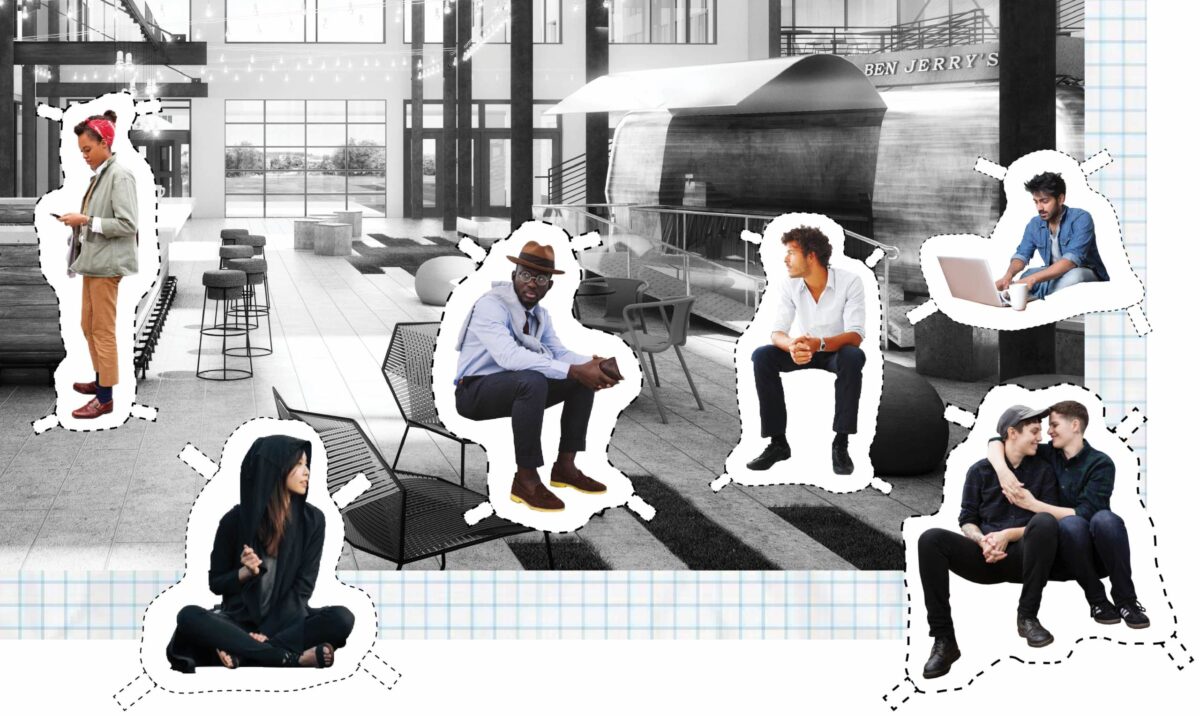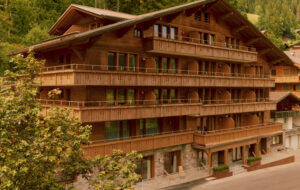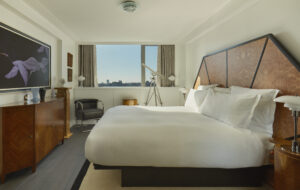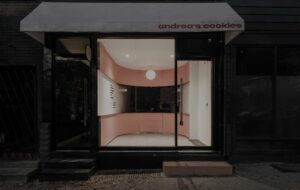Architecture can play a role in helping to heal unconscious racial biases – and that starts with depicting an accurate, inclusive array of users

Words by Meena Krenek
Growing up, I can’t remember seeing anyone with my skin tone, neither on the TV shows I watched nor the magazines I read. I’ve always been acutely aware that many cultures and ethnicities were often underrepresented – from cartoons to fashion to makeup ads. Over the years, this observation led me to develop what I call my ‘radar for racial reality.’
As architects and designers, we make the imaginable, and sometimes unimaginable, possible. We’re storytellers who craft scenes, leverage design to create experiences, and stitch together a sense of place. We imagine how an environment will feel, including the people who will use it.
Tasked with creating our future cities, we play a pivotal role in influencing the makeup of our social and cultural fabric by how we, as designers, portray it. Because of this, we also have the responsibility to represent it authentically.
Film, television, advertising and media industries are actively addressing representation – albeit slowly – realising this is the future. However, today, it’s still not uncommon in the architecture industry to see people of only one race. This is not the world I think about.

Architecture as a profession is largely made up of white men, especially at leadership level. This has meant that our cities and spaces are too affected by an inherently limited perspective. What we portray through visualisation can help bridge the gap and empower a collective feeling of belonging. It’s time for our industry to represent.
It starts from the very beginning. One of my favourite parts of the design process is envisioning how people will engage, how activities will play out, and how this can be best choreographed. Then come the people, evaluating a cast of characters, who they are, their stories, and how they represent our social fabric.
By thoughtfully evaluating the audience, we start developing stories on user types and personas. What are their interests, what are they discussing? Characters come alive on the page. We build scenes of people in spaces that inspire, heal, teach, and motivate. We create places where meaningful encounters happen.
Developing a radar goes beyond skin tone. It’s an awareness of colour, but also gender, sexual orientation, and accessibility. Where can touchpoints for interactions exist? How would someone on crutches, in a wheelchair, or with limited vision move through and use the space? Our radar should ask us to question how people will function in various groupings. How can we foster interaction between different races, ethnicities, personalities, cultures, and sub-cultures?

In today’s climate, the possibilities of storytelling through visualisation technology are unlimited. Accurate, inclusive representation has the power to spark real change. Visualising welcoming spaces that showcase integration and all forms of people can influence and inspire positive action and encourage a cross-cultural sense of belonging.
We can’t limit our view. Each vision, rendering, and media touchpoint should represent an equitable, more humane world. By assembling a picture that taps into human empathy, we encourage open-minded thoughts and behaviours, and support the recognition of unconscious biases. We can leverage our influence as an industry by demonstrating diversity across demographics, reflecting a real picture of the world today and what we want it to be. By using design to reinforce equality, we can create visualizations that become a reality.
Ultimately, placemaking is about people. Individuals of all races, ethnicities, cultures, and genders thrive on inclusion. Architectural scenes tell the stories of a place, from its users to its function. The communities, gathering spaces, and environments we create have enormous potential to function as connection points.
We have a duty to curate these visions that reinforce equality. I believe now more than ever, it’s critical to ensure an authentic representation of the diverse world we live in and a truly equitable world we aspire to be a part of.
Meena Krenek is interior design director and principal at the Los Angeles studio of Perkins&Will

















